Oh no, that’s not a good place to be, my friend. So, this is the DJI Mavic 4 Pro, and this is the Gauntlet. The Gauntlet has four stages. First, the tree tunnel tests its ability to stay in the tunnel. After that, we’ve got a transitional phase. This one seems easy but has brought down many drones over the years. Next, we get to the high-speed section, a wide-open area where we can get this thing really cooking, flying around us in all sorts of interesting orbits, including a slalom course through some trees. If the drone is still alive, we dive into the deep dark woods, a section that has killed many drones, including its recent sibling, the DJI Flip.
The reigning Gauntlet champion is the Hover Air Pro drone, followed closely by the DJI Neo. But the Mavic 4 has a secret weapon: according to DJI, it has the most advanced obstacle avoidance, able to detect tiny branches even in the tough areas of the deep dark woods.
One more important note: I paid for this drone myself with my own hard-earned cash, and I also bought the Care Refresh package because this is the Gauntlet. We know how this is probably going to end. With that, let’s get rolling.
Configuration and Setup
For the Active Track configuration, two things to note. First, I’ve set it to bypass obstacles rather than brake. Second, I don’t have the near-ground flight option enabled, which lets it go below 2 meters. I’m basically 2 meters tall, and anything I go through means it’s at least 2 meters in height because I can’t fit through less. Makes sense? Good.

I don’t normally start in the middle of the woods. I usually start at the tunnel’s entrance, but there’s a guy there, and I don’t like passing people. So, we go ahead and select Active Track, set to follow from behind for now. Here we go. So far, it has started following us. That’s a good start. Let’s see if we can get down there before we find any people.
It’s definitely behind us, a bit farther than I thought it’d be. I expected it to be closer, like smaller drones that stay much closer. This one is giving me more space and weaving around more than needed. I’m going to let it pop out into the trees over there for a second. We’ll see if it can do that. Here we go. I’ll tell it to get over there and find its way around. Good job, around the tree! Oh, that’s a little tight, buddy.
Quick note: if you’re finding this video interesting, funny, or useful, just watch it all the way through. That’s the only thing the YouTube gods care about these days, and it really helps this video and the channel a lot.
Tree Tunnel Test
It’s got to dip under these trees. Oh, that’s bad for you, my friend. I’ll give it more flexibility, setting the range to 20 meters. A tree branch just clipped it, leaving some green. Tree trunk ahead—come on, there’s a whole giant section you can get through. You can do it! Don’t be such a wimp; all your little friends do it no problem. Big boy in town, and you can’t get through? Oh, man. Well, that ends the tree tunnel. Let’s pop out into the transitional phase.

Transitional Phase
Yolo! Why are you going up there, buddy? Stay behind me now; you’re doing dangerous stuff. We’re going to start picking up speed. That previous section was painfully slow compared to what I want to ride at, but we’ll get rolling. For fun, let’s bring it out in front of us and see it rotate around. It’s a very light breeze today, nothing much. This should be no problem. I’m going 20 km/h, and this drone can go far faster.
There we go—thank you. No, never mind, you’re not listening anymore. It’s tracking from behind for now. Once we get to the faster sections, we’ll see if it can get lower and follow us. There’s no interference whatsoever. I’m using the DJI RC2 instead of the RC Pro 2 because it’s easier to handle on the bike. Oh, it’s losing me! There we go, good job recovering.

High-Speed Section
I’m setting it up for the high-speed section. Normally, I do this on a sidewalk bike path, but there’s construction, so we’re going across the field to the next road by the windmills. I’m doing a POI here and letting it rotate to the left. It can’t do that now with trees around, but once I get going, it should. I’ve got a gravel bike for this shortcut—yolo! Hopefully, this isn’t too soft. Good.
At this point, it should start rotating around me. There’s a bit of wind, not much, and no obstacles, so it’s doing a good job. I’ll bring up the speed on the pavement. I’m surprised it’s not rotating around me now; it should be easy at 24 km/h. While it’s tracking me fine, it’s not doing what I told it to, which is orbit around me—too bad.

Now it’s time for the fast-tracking section. I’ve got a headwind today, so we’ll make the best of it. I’m keeping it in orbit mode because it’s the most fun. The goal is to see how long it’ll keep orbiting before falling behind. It’s set for a fast orbit, off to the side. We’re cruising at 25 km/h, pushing to 30, 35. Come on, little buddy. Now it’s just staying behind me. This shouldn’t be that hard, my friend. At 36 km/h, almost 40, I’ve tracked faster objects like speedboats in Active Track with no problem, but the orbiting isn’t working.
Let’s slow down to show how slow we need to go for it to orbit. At 20 km/h, it finally does it, which is fine, I guess, but not what I wanted. Let’s bring down the altitude for fun, not below 2 meters, but it’s struggling with the fast orbit.
Tree Weaving
Now for the tree weaving. I’m setting it to the right. Just track me as I go down this section—it’s not complicated. But it’s not there. I’ll move it farther forward to see if that helps. Come on, little buddy, get out there. There we go, making progress! At 35–39 km/h with a side wind, it’s a cool shot with the main lens—this is what you pay for. I’ll stop real quick to see how fast it stops.
Deep Dark Woods
Let’s do normal Active Track toward the deep dark woods. The biggest challenge for bigger drones here is stopping distance. This one should see all the twigs, but it’s about whether it can stop in time. We’re starting slow because it needs to go below the 2-meter floor. Hurry, scoot through here! Good job, it went below 2 meters. Come on, catch up. I’m going 6 km/h now, not fast, but I’ll give it a chance.
It was at this moment the DJI Flip killed itself here a few months ago, shooting Skyward for no reason. Good job, you’re still with us. At this clearing, things get messier. It’s got to go below the 2-meter gap. It’s thinking… and it did it! I’m impressed. I’m not going fast, but if I were running, this would be fine for speed, though it’s lagging more than smaller drones that stay right behind. I make a turn—oh, where are you going? Whoa, dude, that was cheating, looking at the remote! I applaud your cheating.
Zoom Options
Now, let’s point out a couple of things on the zoom options. The 2.5x lens in Active Track is useful when you want to be higher or farther from the action, like shots where I’m on the other side of trees. It’s an amazingly cool shot, especially at speed. It’s tracking well through the trees—exactly what the 2.5x lens is for. However, the 6x lens doesn’t work with Active Track, no matter the resolution or frame rate. It works with Spotlight mode, where I control the drone’s position, but the camera stays focused on me. This is super useful but not Active Track.
Final Challenge: The DJI Mavic 4 Pro vs. The Gauntlet
Time to go into the much darker woods—the ultimate deep dark woods. There’s no way it’s going in there. It’s upset about the battery. I’m moving it manually. Can you do this? It barely fits between those trees. I’ll try to get past this initial tree. This gives me at most 30 cm on each side. Once past that, it can dodge and weave. I’m swapping batteries. Here we go, nice and slow. Come on, you can do it through the tight spot. Oh, no, that’s not a good place to be, my friend.

I wouldn’t have chosen that route, but you’re still alive, so I won’t give you too hard a time. There’s a tricky tree ahead. What’s your plan? Are you going to yolo it? Your older Mavic 3 would’ve sped through that gap when it came out. You’re more sensitive. We’ll turn off obstacle avoidance—dangerous game. Slide through, then turn it back on. Bypass, find me, Active Track—check. The rest feels straightforward.

Big vs. Small Drones
This is the biggest difference between this larger drone and smaller ones like the Hover Air or DJI Neo. Those smaller drones don’t care about obstacles. Most don’t even have obstacle avoidance—they just fly through, and if they crash, so be it. They follow your precise track, mimicking every turn around bushes, hoping if you fit, they fit, being palm-sized. This thing is bigger, more sensitive to its surroundings, and thus more cautious here. It’s a bit silly to bring a big drone into a small space like this. In wider spaces, it’s pretty good, though it’s hesitant on orbits.
Conclusion
I’m super excited the DJI Mavic 4 Pro survived the Gauntlet, mainly because I didn’t want to deal with the Care Refresh process, which is straightforward but a hassle today. Plenty more unsponsored Mavic 4 content is coming, including a complete beginner’s guide where I’ll walk through all the features, which ones work well, like the camera systems, and which don’t, like the shutter and closing thing that never worked. Hit subscribe to get that video as soon as it drops. With that, have a good one.

Discover more from DroneXL.co
Subscribe to get the latest posts sent to your email.

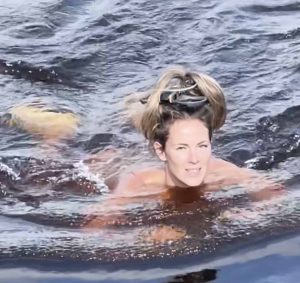
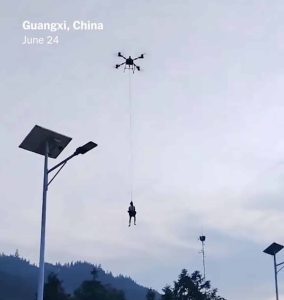
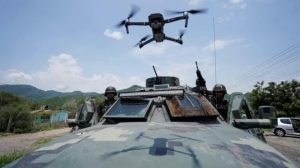

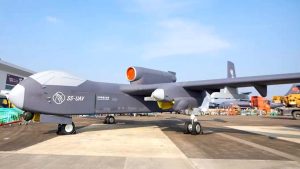
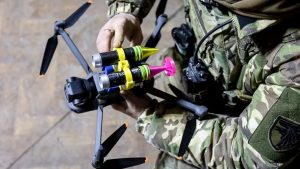

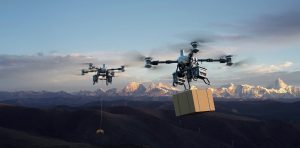
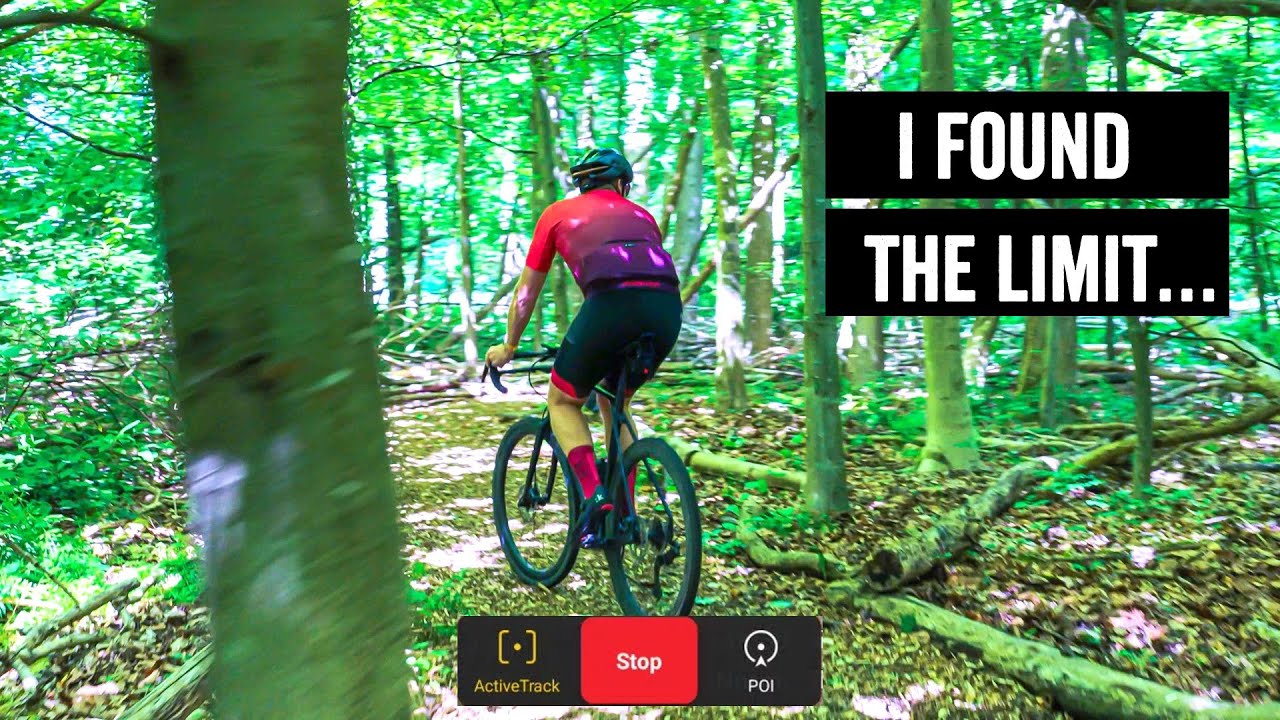

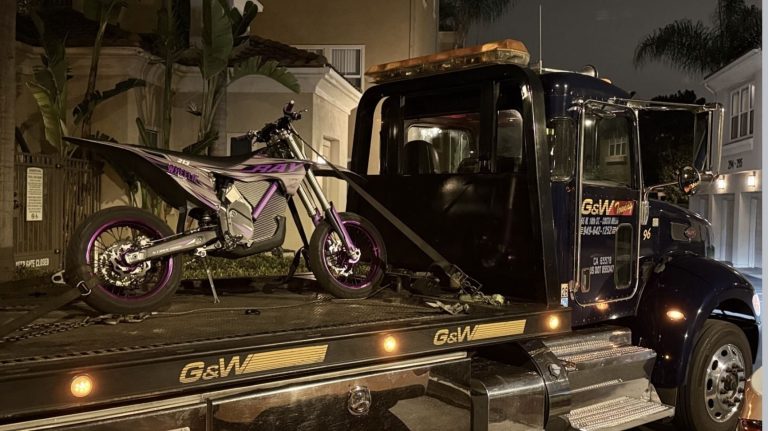
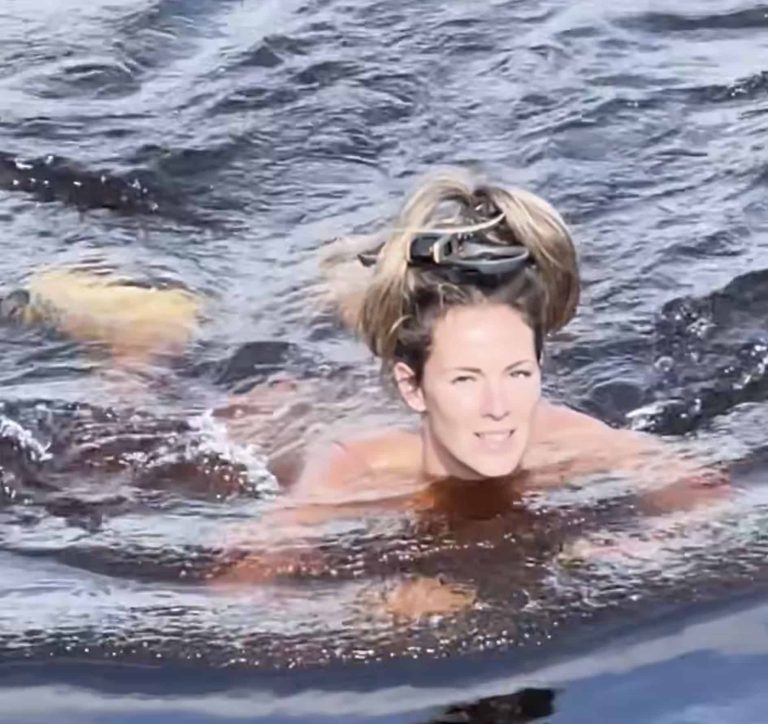
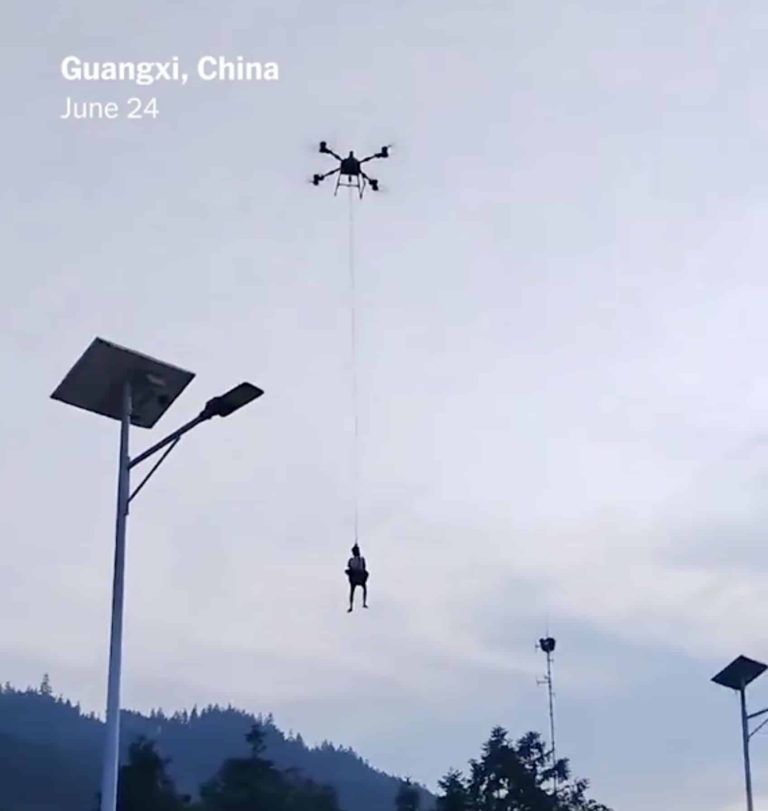


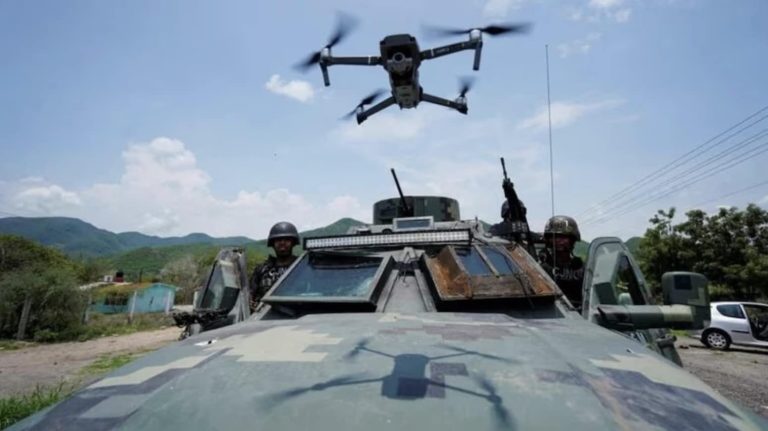

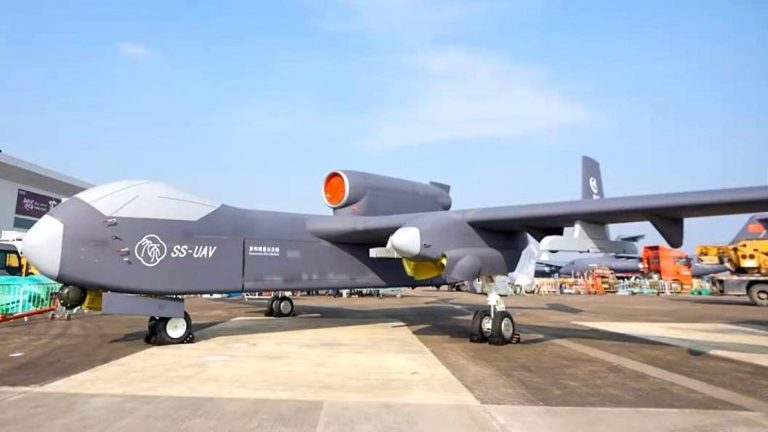


+ There are no comments
Add yours